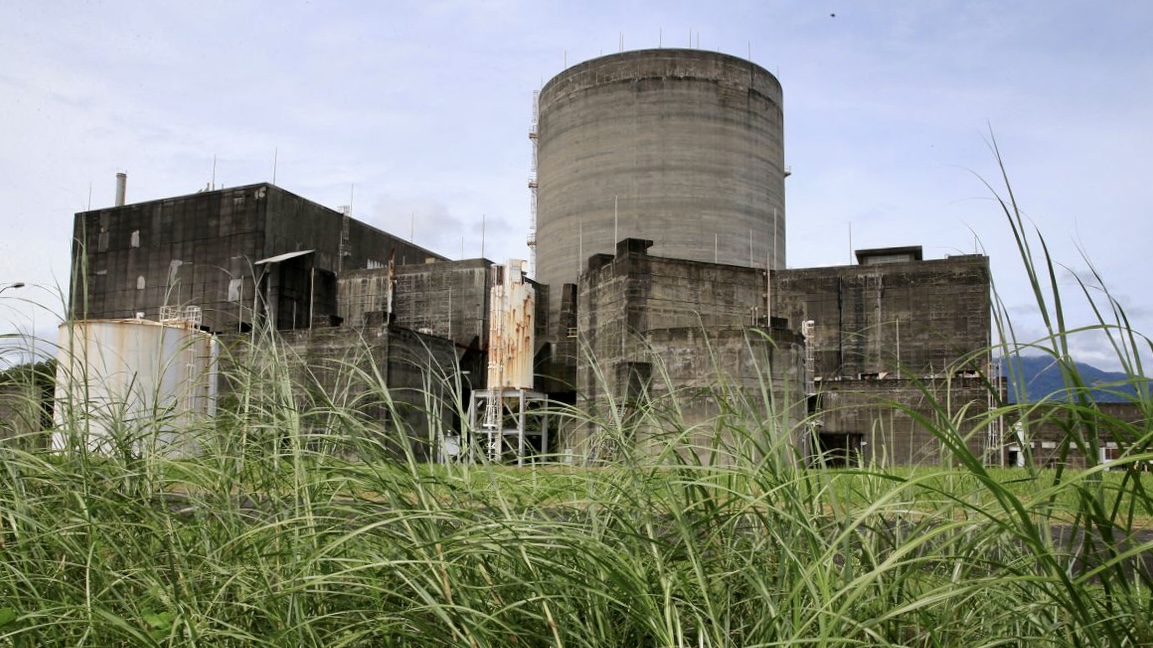[ad_1]
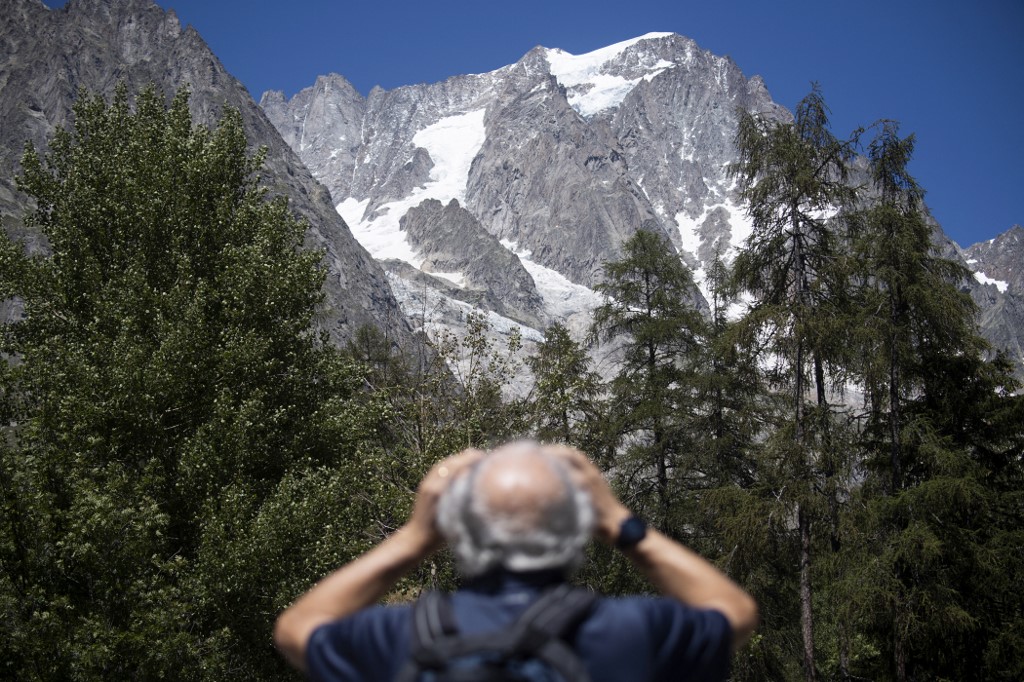
by Marlowe HOOD
Agence France-Presse
PARIS, France (AFP) – Mountain glaciers shrinking on account of local weather change are much less voluminous than beforehand understood, placing hundreds of thousands who rely on them for water provide in danger, researchers reported Monday.
Glaciers within the Andes Mountains of South America, for instance, had been discovered to retailer 23 p.c much less recent water in comparison with earlier estimates, they wrote within the journal Nature Geoscience.
Bolivia’s largest metropolis La Paz, with greater than two million inhabitants, is very depending on glacier runoff for agriculture and as a buffer towards drought.

Because the slow-moving rivers of ice lose extra mass by melt-off than they achieve with recent snow, water flows turn into irregular — together with durations of flooding — and finally dry up, first in low altitude mountains, and finally in larger ones.
Water from glaciers flowing into rivers can also be essential for hydropower era and agriculture.
“The discovering of much less ice is necessary and can have implications for hundreds of thousands of individuals dwelling around the globe,” stated co-author Mathieu Morlighem, an Earth sciences professor at Dartmouth College.
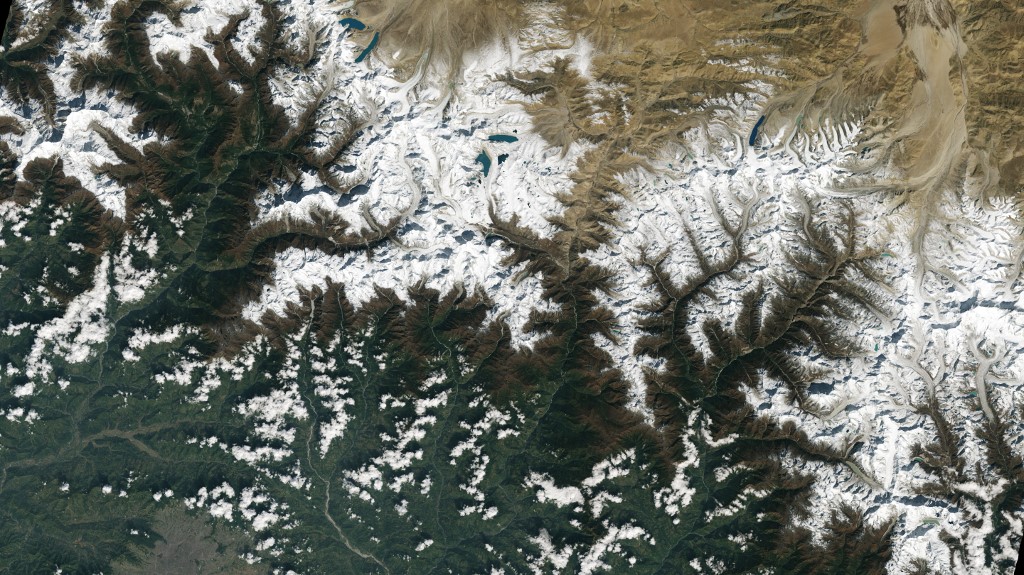
Some areas, together with the Himalayan mountains, had been discovered to have as much as a 3rd extra ice than thought, “which can scale back the stress on water assets,” lead writer Romain Millan, a post-doctoral researcher on the Institute of Environmental Geosciences in Grenoble, France, informed AFP.
Globally, nonetheless, the satellite-based survey overlaying 98 p.c of the world’s glaciers — round 250,000 — discovered that the quantity of all glaciers mixed, above and under sea stage, was 11 p.c smaller than earlier calculations.
One silver lining is the implications for sea stage rise, projected to be among the many most devastating penalties of world warming.
All through the twentieth century, melting glaciers was one of many most important causes of rising ocean ranges, together with the enlargement of sea water because it warms.
Like thick syrup
The brand new estimate lowers the potential contribution of glaciers to sea stage rise from about 33 to 26 centimetres (13 to 10 inches).
However that discount — whereas not insignificant — is incidental in comparison with the affect of melting ice sheets, which have turn into the primary explanation for rising sea ranges within the twenty first century.
The kilometres-thick blankets of ice atop West Antarctica and Greenland maintain sufficient frozen water to raise oceans some 13 metres.
Regardless of their obvious immobility, glaciers are always on the transfer, pushed by gravity.
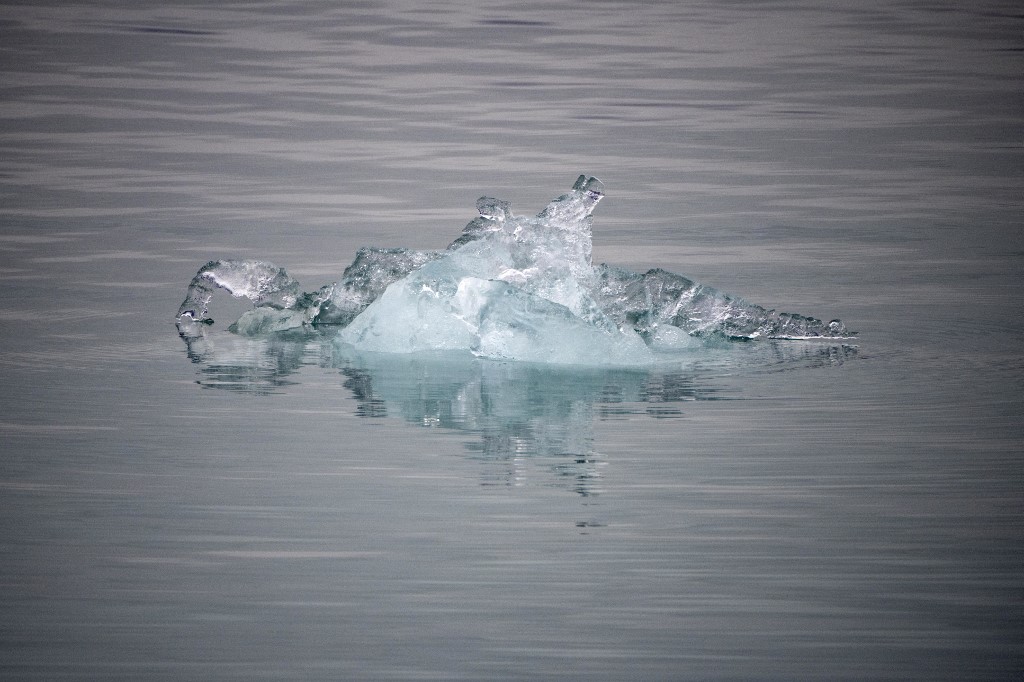
“We usually take into consideration glaciers as strong ice that will soften in summer time, however ice really flows like thick syrup underneath its personal weight,” stated Morlighem.
“Utilizing satellite tv for pc imagery, we’re in a position to observe the movement of those glaciers from area on the international scale.”
To create an ice stream database, the researchers studied greater than 800,000 pairs of before-and-after satellite tv for pc photos of glaciers, together with massive ice caps, slim alpine glaciers, gradual valley glaciers and quick tidewater glaciers.
The high-resolution photos, captured by NASA and European House Company satellites, required multiple million hours of computational time on super-computers in Grenoble.
Scientists not concerned within the analysis described it as a “top quality examine”, and a “nice new stock” of how a lot ice there’s worldwide.
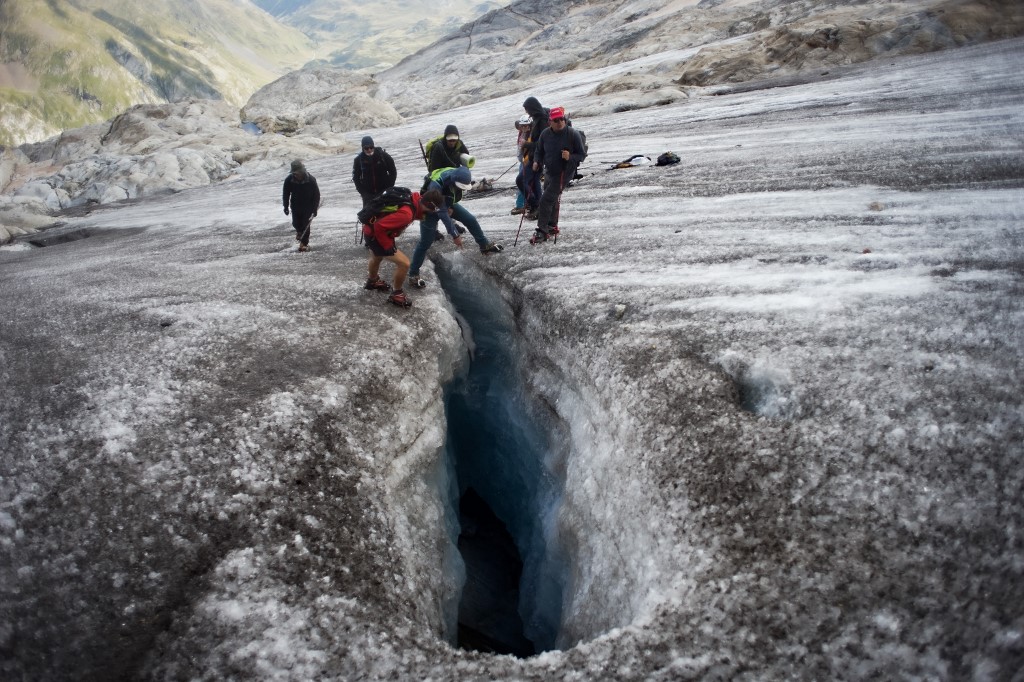
“As a result of there’s much less ice saved on the earth’s glaciers than we had thought they’ll disappear sooner than anticipated, and so the communities that rely on their ice and water will expertise the worst results of local weather change sooner,” stated Andrew Shepherd, director of the Centre for Polar Commentary and Modelling on the College of Leeds.
“In each nook of the planet, the seasonality of river water ranges will change dramatically as glaciers soften away.”
© Agence France-Presse
[ad_2]
Source link










